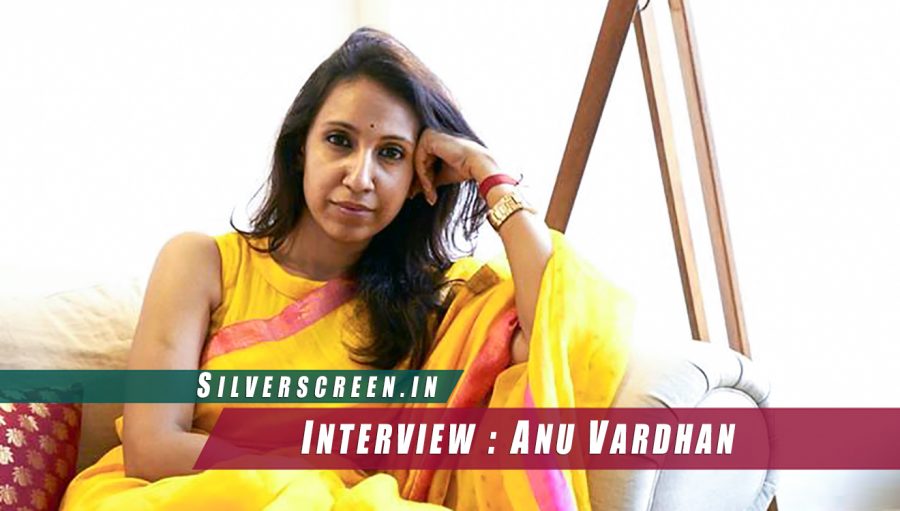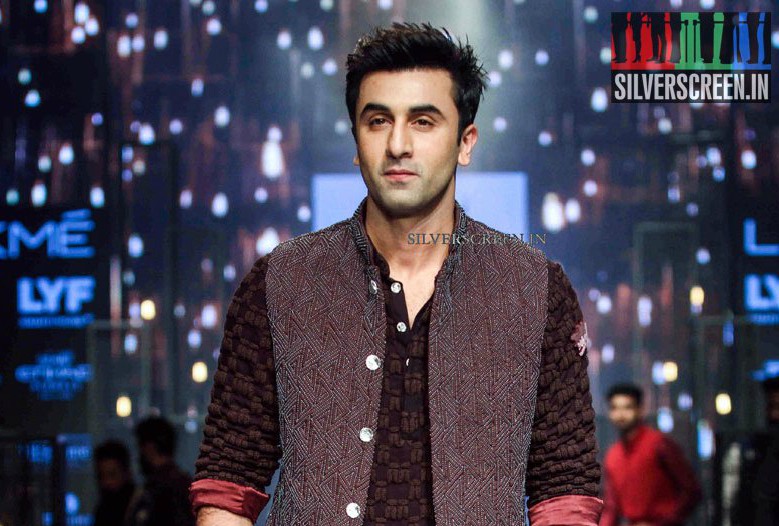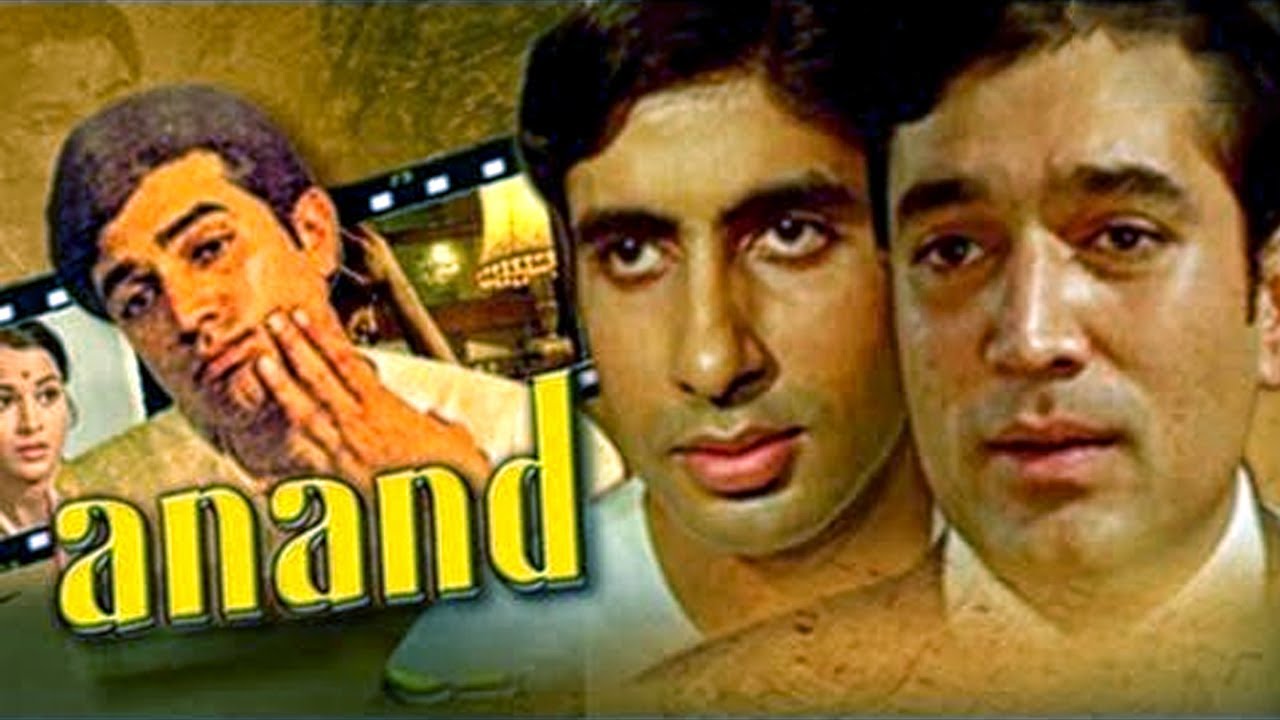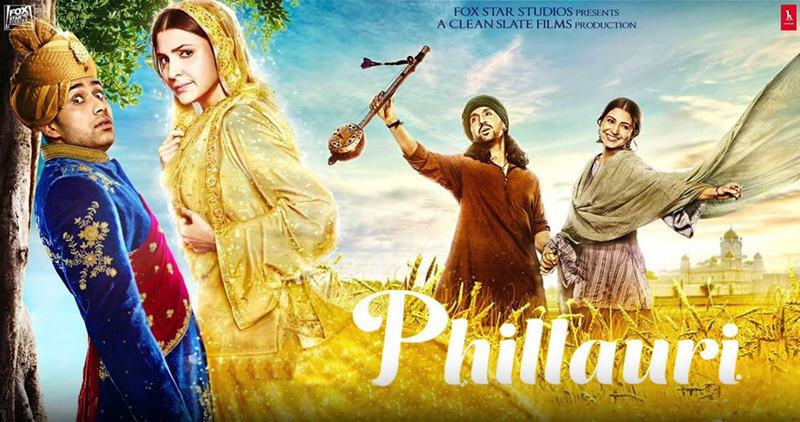Anu Vardhan’s career as a costume designer began in 2001 with Santhosh Sivan’s period film Ashoka, where she collaborated with the likes of Shah Rukh Khan and Manish Malhotra. She had just finished college Soon, she went on to work on big-budget productions like Billa and Aarambham, both directed by her husband Vishnu Vardhan. In 2016, she designed for Rajinikanth in Kabali and Ajith in Vedalam. Known as Nayanthara’s favourite designer, Anu has worked in the actress’ films like Kaashmora, Sri Ramarajyam, Naanum Rowdy Thaan, Irumugan, and Bhaskar The Rascal. Anu is currently working with Ajith on Thala 57.
***
Preconceptions about what a designer’s workplace must look like are shattered inside Anu Vardhan’s spacious office. The dominant colours are white and brown. The décor is minimal. There’s not a single curio or frill. Anu tells me later, “I prefer plain designs. Too much is a clutter.” I find it incongruous when she says, “White is my favourite colour.” After all, she works in an industry that is known for its bright, loud palette.
But that’s why Anu Vardhan’s touch is so distinctly recognisable, whether on Rajinikanth’s elegant suits in Kabali or on Nayanthara’s handwoven sarees in Puthiya Niyamam. Her designs use sober colours and jute and linen fabric. And somehow, this love for modest and classy designs has made her one of the most sought-after designers in south Indian cinema.
***
She walks into the office late. “I was at the gym,” she says. “I started working out just recently, but now I have got addicted to it. Sometimes I work out morning and evening. (laughs). It makes you feel very good, like cleansing your system. It makes you focus on work.” When she settles down, we begin what becomes a fascinating discussion on an underrated, yet integral part of filmmaking: costume designing.
What movie first made you notice costumes?
Roja. I was in school when the film came out. When I caught a glimpse of a song from it on TV, I stopped doing whatever I had been busy with, and watched. It breathed a lot of freshness. Later, Thalapathy did the same to me. Mani [Ratnam] sir has a great eye for colours and designs. He would always come out with something new in all his films. He has a great sense of aesthetics, which is quite inspiring.
Was that when you decided to become a costume designer?
No, I never thought I would be a costumer designer, or do anything with clothes. I love photography. That’s why I went and met Santhosh Sivan. In fact, I didn’t know if I wanted to do photography or direction. Santhosh sir was doing both, so I thought if I joined him, I could figure it out. Or do both like him.
You worked on a big-budget film right after college. What filmmaking experience did you have as a Visual Communication student in Loyola college in Chennai?
We all did a lot of photography at college. We would pick up a camera and go on a shooting spree, imagining that we were very creative and were born for this. We made short films. At that time, I was unsure about what to do, though I knew I wanted to be in films. The first film I worked on [as Assistant Director] was called Terrorist, a small experimental film.
How did your family react to your decision to work in films?
My grandfather was a film producer. He was my family’s only connection to cinema. My parents are doctors. They were shocked to hear that I wanted to be in films. They wanted me to do a professional course. When I told my dad that I wanted to do a visual communication course, he was aghast. “Do you want to go begging on the street?” he screamed at me. (laughs) He didn’t think cinema was a steady profession for anyone. They are very progressive though, and encouraged me to travel and be independent.
What made Santhosh Sivan notice your talent?
I don’t know. I think he wanted somebody to write dialogues and assist him in direction. At that time, he was looking for a female assistant because in Terrorist, the protagonist was a girl. And there were not many girls who were ready to travel to remote areas with the shooting crew.
After Terrorist, I worked with him in a lot of small projects, off-beat films, ads and music videos. As an assistant director and costumer. We functioned as a small team. Santhosh sir preferred working with a small unit. All of us worked in all departments – direction, art, costumes.
How did you end up working on a big film like Ashoka for your first independent project? How challenging was that for you?
As an assistant to Santhosh sir, I had done a lot of research for Ashoka. I had even prepared a handbook on the actors’ costumes, set design, props, and art. I think that impressed him. He asked me to handle the costume department.
It was a big-budget movie. It was a scary thing then. There were other designers like Manish Malhotra for Kareena Kapoor. But even though I was very young, they didn’t make me feel even slightly intimidated. Santhosh sir would listen carefully to my references, sketches, and suggestions. And he would accept them all. I was taken seriously, treated like a principle costume designer. I dressed up Shahrukh Khan. It didn’t feel like I was working with such big people. Ashoka was a great team effort.
We had to do a lot of research for the film, because it was set in ancient India. But now looking back, I feel I could have done a lot more work. I got good feedback, and plenty of offers after Ashoka. I worked in many good indie projects and ad films in Delhi. Soon I moved back to Chennai with Vishnu.
What’s the most important thing you learnt from Santhosh Sivan?
Colours. How, where, and why they should be used. How textures make a lot of difference. Now when I work, I know what he said was true. He is a very good teacher. He grooms your career holistically.
It was also good that I worked with a cameraman who was also a director. That’s why I understand how both think. I consider how the frame looks like before I choose a dress, I also think about the director’s idea of the scene.
You have worked on two period films – Ashoka and Srirama Rajyam. In Kabali too, there was a flashback sequence from the ’80s. What are the challenges of recreating the past?
Sometimes it’s difficult to find the right stuff. Sometimes one particular costume would have to be specifically made or is found with a lot of difficulty. For instance, the authentic tulasi mala that Nayantara wore in Srirama Rajyam. In that film, the director had prepared sketches which we recreated.
It is easier when the director has a clear-cut idea of what he needs.
Working in a film, irrespective of genre, comes with a lot of challenges. We have to be careful about maintaining the continuity. We have to keep backup clothes ready, in case the original dress gets stained or torn.
Luckily for me, all the films I worked in had great cameramen with excellent sense of visuals. I never had any issues with the way they lit up a scene. I always make it a point to visit the sets, see if the clothes go well with the props, if it is in sync with the mood of the scene. Cinema is a team work. It’s everyone’s responsibility to do justice to the script.
How important is costume script to you?
I always keep a costume script. I am not sure if others do that too, but that’s one reason why I prefer working with directors who can narrate the entire script to me before the shoot. I can’t work in a film blindly and randomly. I would refuse a film if the director refused to share the details of the script. There’s no point in working on such a film.
Once the director narrates the script, I try to visualise what to do in each scene,and consult with him if that’s what he is looking for. Somewhere down the line, we find a common nerve and start working on it together. And I make sure actors are comfortable wearing the clothes. Sometimes we get it right in the first trial itself. Sometimes we have to try out more options.
Often, people confuse costume designing with fashion designing, which are different things. Both are equally challenging. In movies, I have to help the director bring his ideas to life. A film is not my fashion show. The costumes I choose should be a part of the film. No one should get distracted by my work. I would dress up Kabali only in a suit. A sober one. Ranjith had a clear-cut idea about why it had to be a suit. My choice in it was the material. I decided it had to be linen , because it gave the clothes a mature look.
Is budget still a problem for costume designers in Kollywood?
I have had many traumatic experiences of working in films I didn’t want to. That made me become a little recluse and very choosy. I am generally an introvert. I will do whatever I am comfortable doing. I need my space. It’s very difficult for me to work on a shoe-string budget. The audience is very smart. They know already what’s available in the market. Everyone is fashion conscious. So we have to be careful about the costumes we use in a film.
You have worked closely with Ajith and Nayanthara. Now that you know what works for them and what doesn’t, do you still experiment with their designs?
I’ve worked with Nayanthara on a number of films, but there is always space to experiment. She is a smart actress.
She tries to avoid repeating her roles. Billa was the first film we worked together. In Naanum Rowdy Thaan, she played a girl from Pondicherry, which is a small town where you can find fashionable clothes. Even though it’s just 180 km from Chennai, it’s very different from Chennai in style. In every new film with, I get to try out a new palette of clothes. That’s interesting for me. We also share a great rapport, which helps a lot. She is a very systematic person. She knows how to carry off any dress. That’s why I like working with her. Same goes for Ajith too.
I work with these people again and again because they make me feel very comfortable. I can only work with people who trust me completely.
How different is it to work with your husband Vishnu Vardhan?
It is the same as working with others. Only easier, because we have a similar sense of aesthetics. We were groomed in the same school. We travel together a lot. The communication between us is smoother and easier.
How much travelling is involved in your work?
I love travelling. I travel more than I work. I like to travel and source things for each film. I don’t like picking out things from one store. For Naanum Rowdy Thaan, I bought Nayanthara’s costumes from Jaipur. The scarf she wears is from Delhi. Some of the fabrics are from Gujarat. Some of the sarees she wore in Bhaskar The Rascal, are from Delhi. The sarees n Puthiya Niyamam are kota sarees that we sourced from various parts of the country. For Kaashmora, a fantasy film, we sourced jewellery from Bhuj, Kutch, and various parts of Rajasthan.
It’s nice to travel. I don’t like shopping for a film from a single store or brand. Brands, of course, have an undeniable charm. But street shopping is often serendipitous.
Do you and others in the industry support the country’s artisans and weavers?
We have some of the best artisans and weaving technicians in India. It is really sad that they often do not receive their rightful recognition or reward. I try as much as I can to source things from them for films. In the North, there are communities that encourage reviving local weaving. Here we need to do something similar. I try to encourage stars to wear locally-produced sarees because that would encourage common people to do the same.
Do you follow street fashion?
Oh, I stare at people a lot. (Laughs) Sometimes so obviously that my husband has to say, “Stop staring at people!” When I see somebody wearing something nice, I go up to them and appreciate them for it. Sometimes, people on the street inspire my work.
In the West, I find that people on the street are always so interestingly dressed. Especially in New York and Paris. At the Cannes Film Festival, I was more impressed with the way non-celebrities like film students and journalists had dressed for a red carpet evening, than by the celebrities themselves. They pick up clothes from usual stores in the city, yet they style it so cleverly.
You find very smartly dressed people in Indian cities like Bombay, Delhi and Bangalore too.
Would you judge a person by their clothes?
Sometimes the clothes that characters wear in TV serials are tacky. But I like to think that each person is free to wear the clothes they like. Every person has their own fashion. It’s a relative thing and very personal. How can we judge people on the basis of what they wear? Sometimes, close friends ask me for suggestions on style and fashion, which I am happy to offer. Otherwise, I let them be what they are. That’s how they are.
These days, fashion has become easier to learn. There are social networking sites and spaces like Instagram. Anyone can be a fashionista in their own right. That’s how it should be, I would say. No one should have a monopoly over matters like beauty and aesthetics. But as a result, these days a lot of people have started to look alike. We have started copying each other a lot. Our culture has become about replicating things instead of creating originals.
I consciously make an effort to not repeat myself in the movies I work in. It becomes boring.
Which yesteryear heroine do you feel had a great dress sense?
Amala (Akkineni). Also, Nadia Moidu. They were very chic. In those days, whatever they wore went straight to the vogue. They are still the same. Smartly dressed at all events and public appearances.
I like how Shahrukh Khan dresses all the time. He doesn’t put in so much effort. His style is simple, and he doesn’t clutter himself so much. I was too young when I did Ashoka. Now that I am more aware and more accessible, I would have dressed him up even better.
You are also an artist with charcoal, and have been making still life sketches. What appeals to you about that medium?
Someday, I would like to work in a black-and-white movie. It gives you more depth to work in. It’s more interesting. In a medium of all greys and blacks, it would be challenging as well as interesting to experiment with the intensity of colours.
Is it okay to have different designers in a movie?
I think its always better to have single designer, so that the whole film will have a single tone. Unless the director is so confident that he can neatly put together all the tastes, it is always better to have one designer for the whole movie. In the West, they never hire different designers for different actors in a movie. But here, that’s how they work. In Kabali, I was roped in to dress up Rajini sir.
Of your peers and seniors, whom do you admire the most?
Recommended
Nalini Sriram. When I joined the industry, she was already a big designer and a big star. Her style is very different from the usual tone of Tamil cinema. Watching her work on screen is like watching something so different and fresh.
Lastly, any advice for aspiring designers who want to enter the film industry?
They should be very sincere and hardworking. The rest, they can learn on the go. Art and designing is a vast field. It’s also very subjective. How can you say this is a beautiful image and this is not? If you think you can’t sketch, it’s just your problem. Someone else might find your ‘bad ‘ drawing beautiful. I think everybody can sketch. Everyone is an artist in their own right. All you need to do is put in a lot of work.
*****



